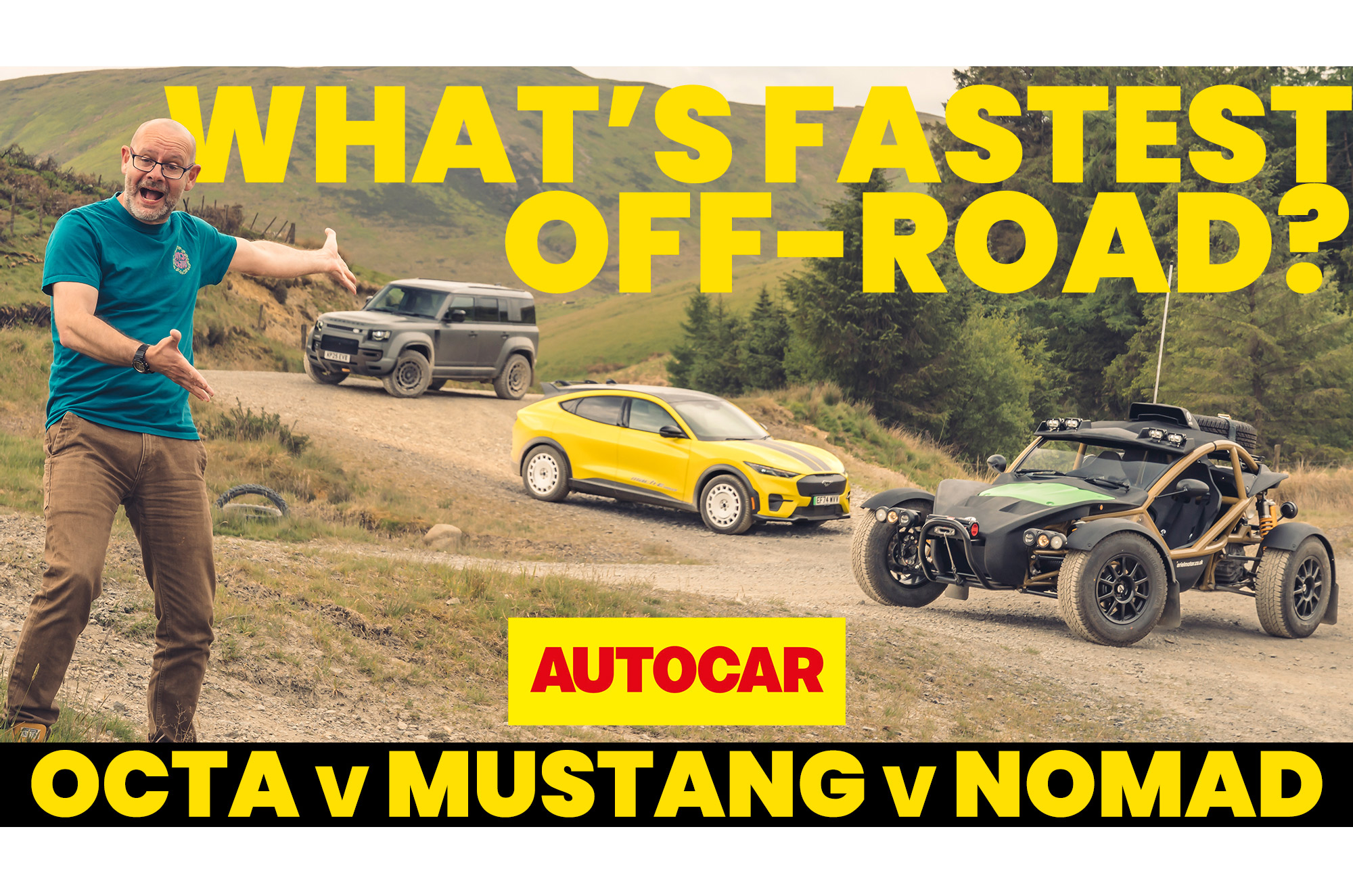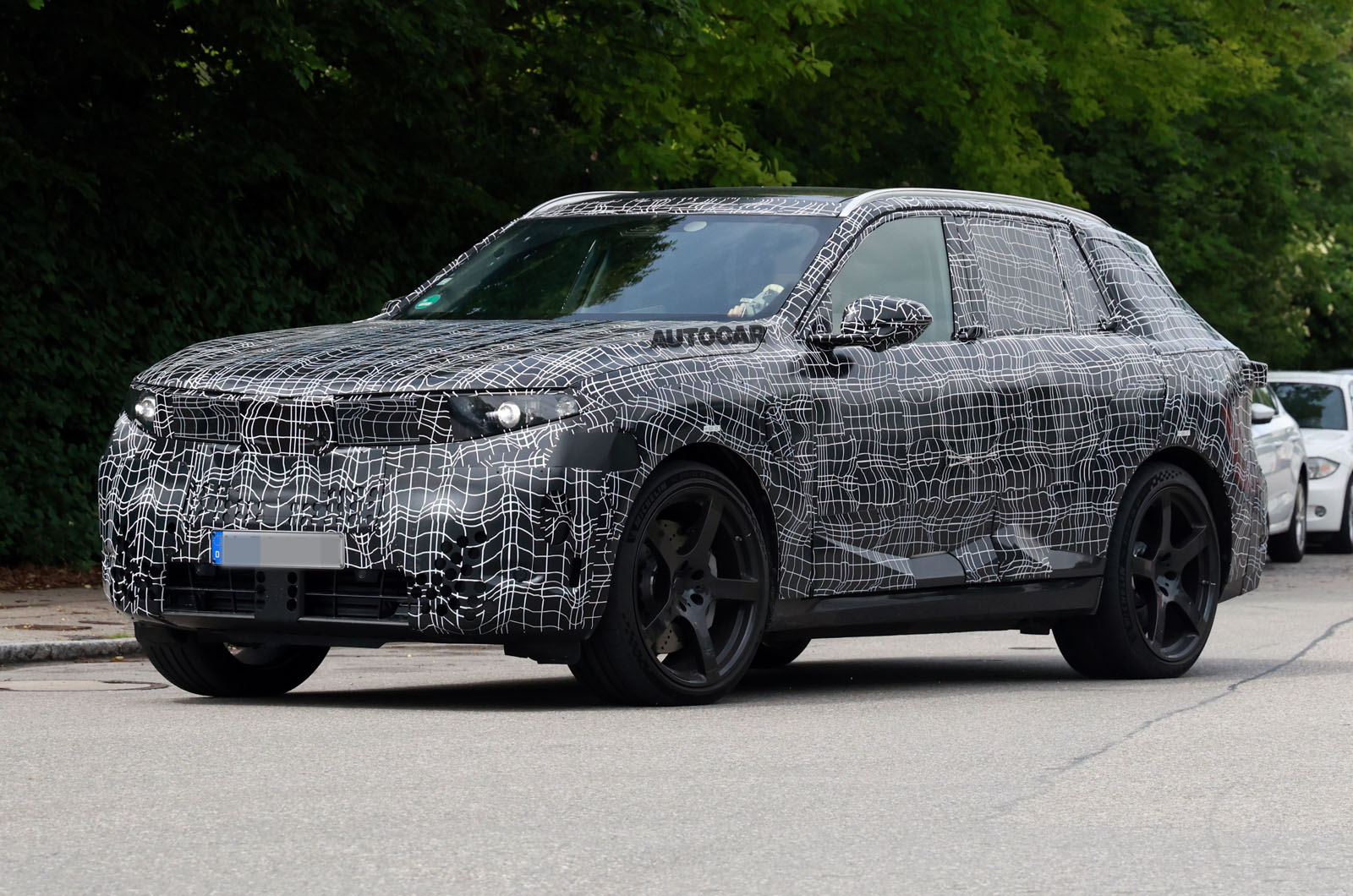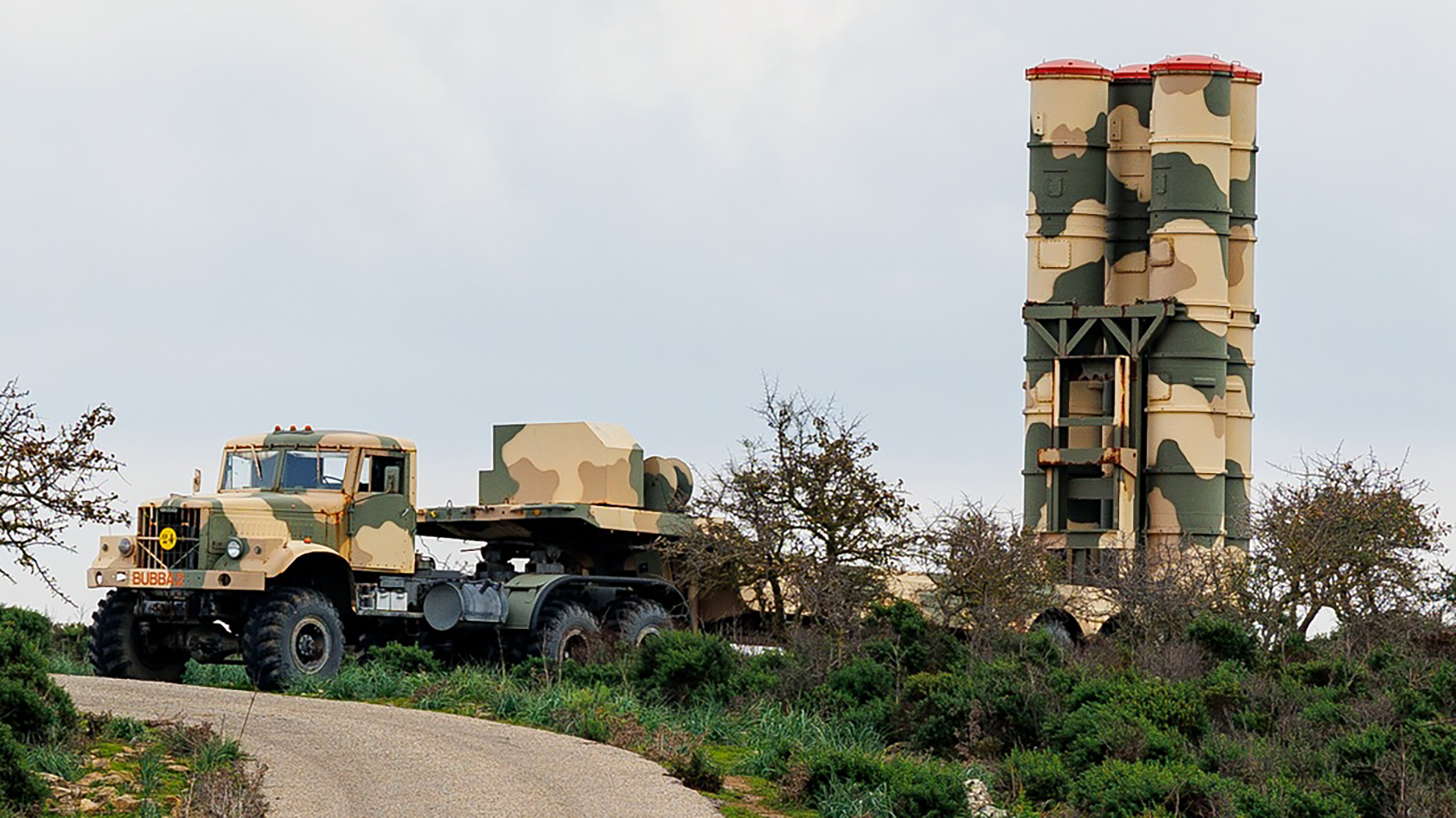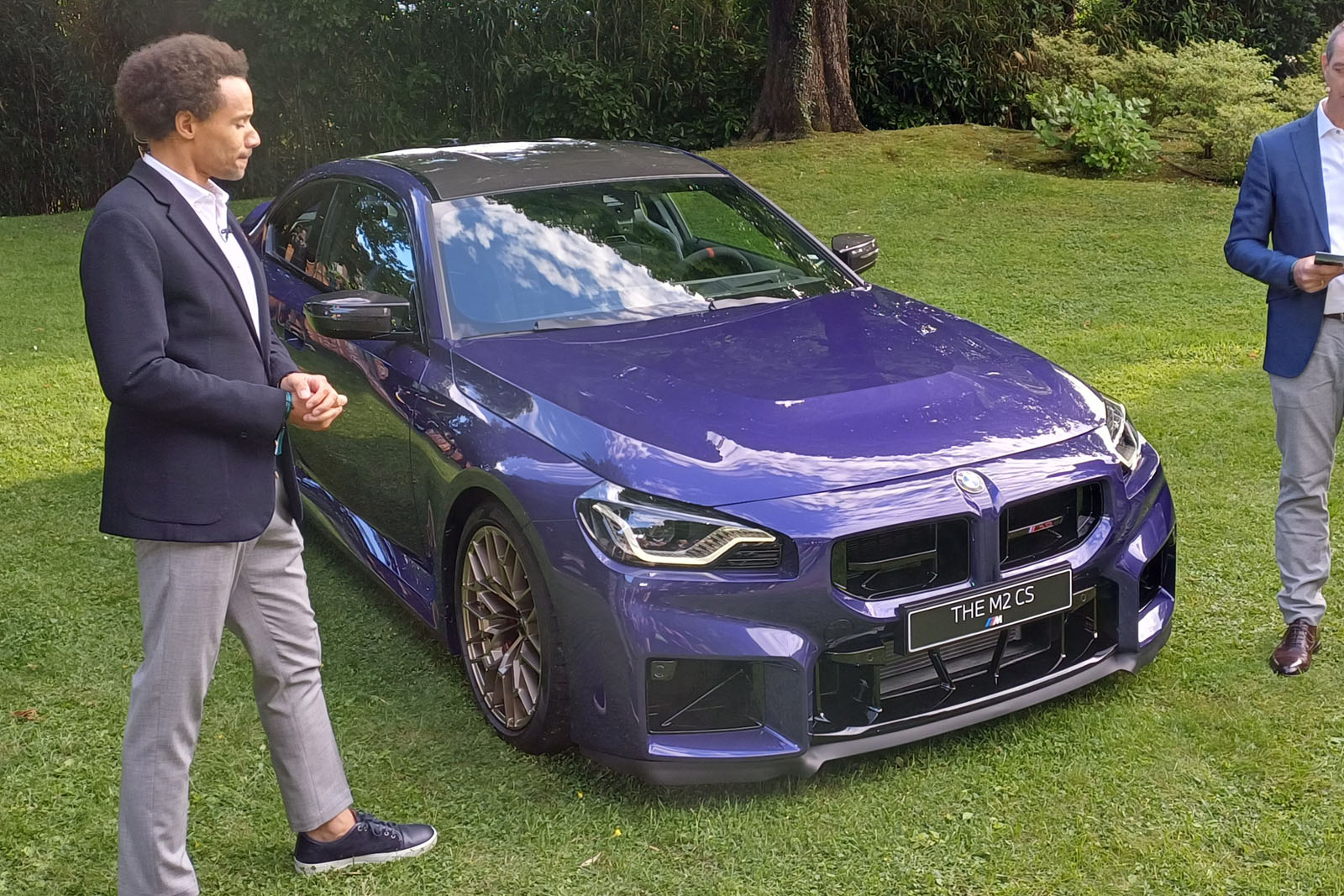"Have we gone too far?" Dacia boss says cars must get smaller
Shift toward bigger and bigger cars harms the enivronment – and the affordability of smaller models “It's ridiculous to buy a C-segment car just to take to school or the supermarket. You’re using tonnes of metal and lots of screens just to go to Tesco. It’s fair and intelligent to ask: ‘Have we gone too far?’” Dacia CEO Denis Le Vot certainly thinks so, as does his boss, Renault Group CEO Luca de Meo, along with de Meo’s counterpart at rival firm Stellantis, executive chairman John Elkann. De Meo and Elkann recently joined forces to call on European legislators to move away from EV mandates and instead focus on an overall reduction of CO2 emissions. Their goal is to preserve the affordable small cars that are being priced out of existence with the rise of costly EV tech and further active safety legislation. Given that Dacia’s raison d’être lies in small, affordable cars, it ’s a topic that’s clearly in Le Vot’s wheelhouse. He is pleased that the conversation has entered the mainstream at the top of the industry, and it’s with legislators to do something about, to focus more on the “life-cycle assessment” of a car rather than its tailpipe emissions. Can they really change their mind? “Yes,” comes his emphatic response. “It ’s just a question of time.” That time is within the next six months, when legislators will reconvene to check on the industry’s progress in hitting EV targets and review the legislation itself. Le Vot has nothing against larger cars; he is currently overseeing the launch of the brand’s first C-segment SUV, the Bigster. Yet he laments the death throes of the A-segment. “It has almost died,” he says, “pushing people straight into the B-segment. Now that’s suffering, so people would go straight to the C-segment.” Even if you only want or need a small new car, you’re forced into something big, and this is directly affecting the affordability of new cars. “Step back and you see that we have a problem,” Le Vot says. “Now is the moment to do something about it.” De Meo’s and Elkann’s recent comments centred on CO2 emissions, but Le Vot also highlighted the active safety technology, namely GSR2 regulations, which require new cars to have a suite of extra safety tech, that is also driving up the price of small cars. “Do we really need to have lane keeping assistance in a little family car?” he asks. Le Vot also reiterated that Dacia won’t “chase stars” in terms of a Euro NCAP safety rating. He is a firm supporter of standards and standardised testing for passive safety, but he questions “the weight active safety has in the game” when deciding a car’s overall safety rating. One thread binding all this is that any new car will be safer and less polluting than the one it is replacing. As Le Vot reaffirms: “When you replace a car that is six, seven years old, you are doing a good job for the planet and its population.”
“It's ridiculous to buy a C-segment car just to take to school or the supermarket. You’re using tonnes of metal and lots of screens just to go to Tesco. It’s fair and intelligent to ask: ‘Have we gone too far?’”
Dacia CEO Denis Le Vot certainly thinks so, as does his boss, Renault Group CEO Luca de Meo, along with de Meo’s counterpart at rival firm Stellantis, executive chairman John Elkann.
De Meo and Elkann recently joined forces to call on European legislators to move away from EV mandates and instead focus on an overall reduction of CO2 emissions. Their goal is to preserve the affordable small cars that are being priced out of existence with the rise of costly EV tech and further active safety legislation.
Given that Dacia’s raison d’être lies in small, affordable cars, it ’s a topic that’s clearly in Le Vot’s wheelhouse. He is pleased that the conversation has entered the mainstream at the top of the industry, and it’s with legislators to do something about, to focus more on the “life-cycle assessment” of a car rather than its tailpipe emissions.
Can they really change their mind? “Yes,” comes his emphatic response. “It ’s just a question of time.” That time is within the next six months, when legislators will reconvene to check on the industry’s progress in hitting EV targets and review the legislation itself.
Le Vot has nothing against larger cars; he is currently overseeing the launch of the brand’s first C-segment SUV, the Bigster. Yet he laments the death throes of the A-segment.
“It has almost died,” he says, “pushing people straight into the B-segment. Now that’s suffering, so people would go straight to the C-segment.”
Even if you only want or need a small new car, you’re forced into something big, and this is directly affecting the affordability of new cars.
“Step back and you see that we have a problem,” Le Vot says. “Now is the moment to do something about it.”
De Meo’s and Elkann’s recent comments centred on CO2 emissions, but Le Vot also highlighted the active safety technology, namely GSR2 regulations, which require new cars to have a suite of extra safety tech, that is also driving up the price of small cars.
“Do we really need to have lane keeping assistance in a little family car?” he asks.
Le Vot also reiterated that Dacia won’t “chase stars” in terms of a Euro NCAP safety rating. He is a firm supporter of standards and standardised testing for passive safety, but he questions “the weight active safety has in the game” when deciding a car’s overall safety rating.
One thread binding all this is that any new car will be safer and less polluting than the one it is replacing.
As Le Vot reaffirms: “When you replace a car that is six, seven years old, you are doing a good job for the planet and its population.”

























































































![The F-35’s future: Can the fifth-gen fighter withstand political, technological headwinds? [Video]](https://breakingdefense.com/wp-content/uploads/sites/3/2024/04/240401_f35_clouds_8270083-scaled-e1711999276822.jpg?#)





























































